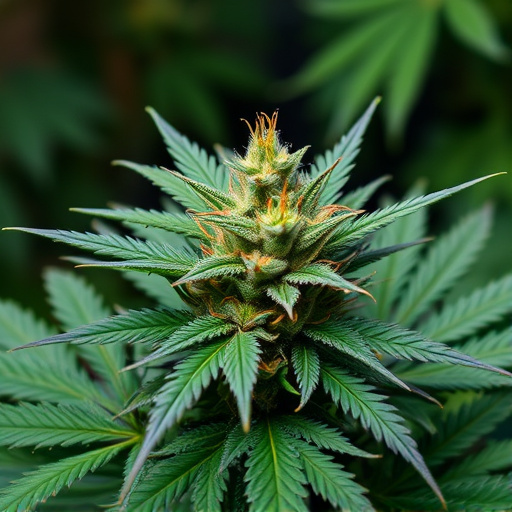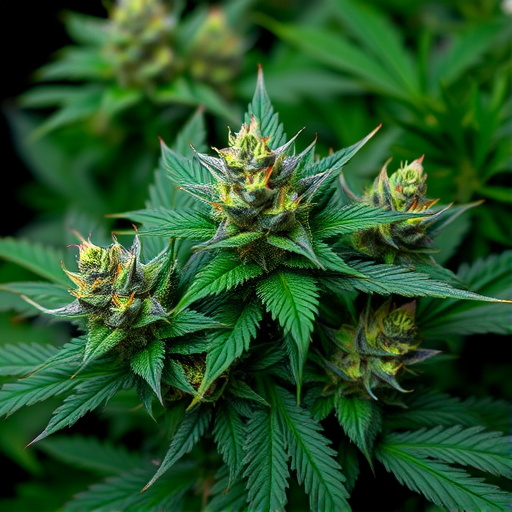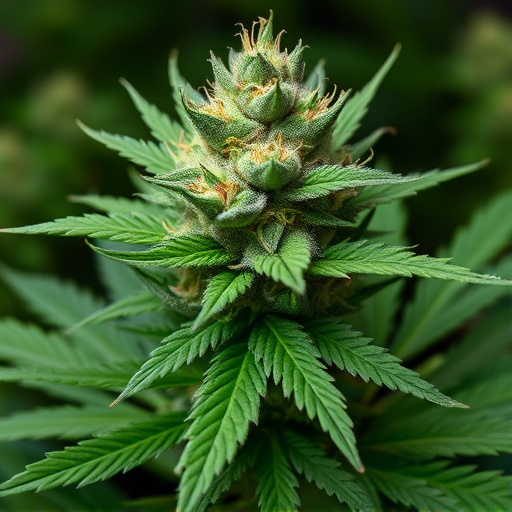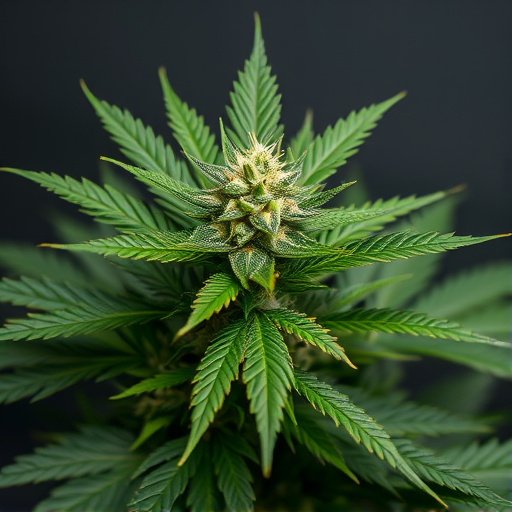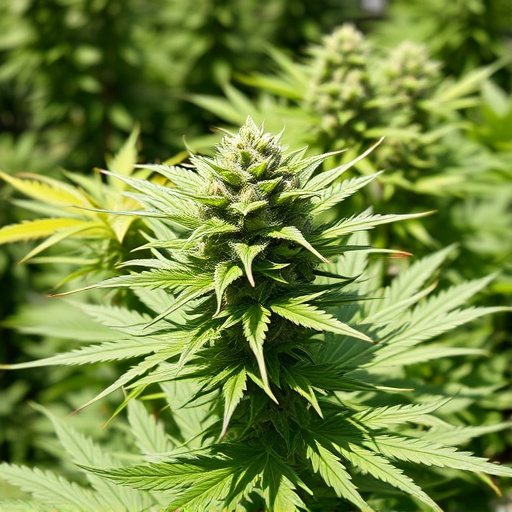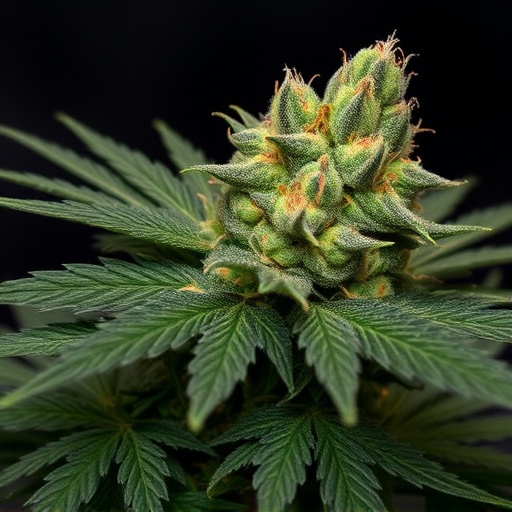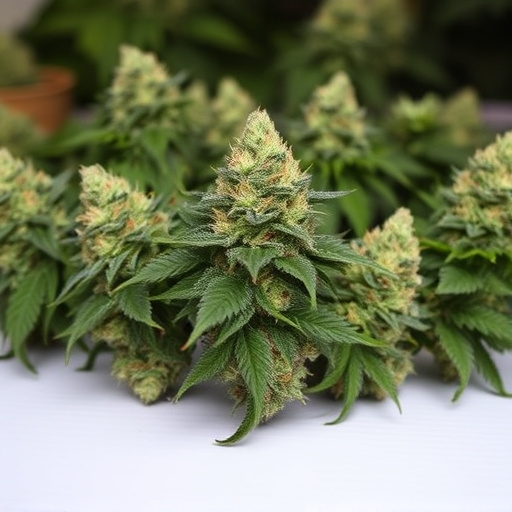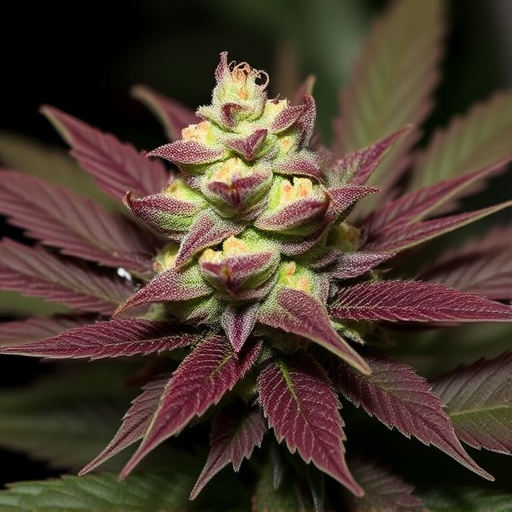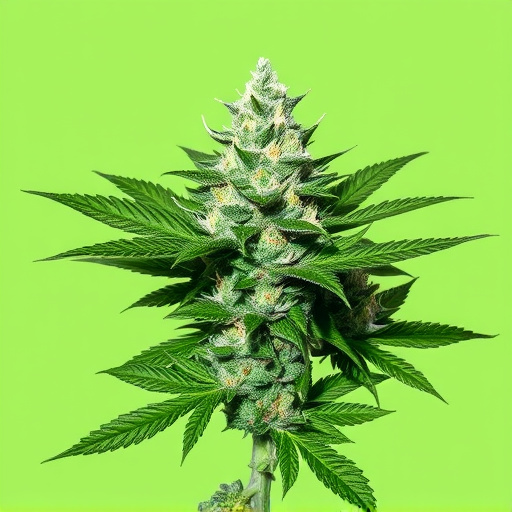Cannabis, with its over 100 cannabinoids, offers medicinal benefits through CBD and recreational uses via THC. Indica dominant hybrid strains, featuring higher CBD and lower THC than sativa, play a vital role in responsible cannabis use. Researchers utilize these strains to set safe dosage limits, starting as low as 5-10 mg of THC, balancing therapeutic effects with risk mitigation. These hybrids, known for their calming properties, are best consumed cautiously in the evening for sleep or stress relief.
“Discover the fascinating world of cannabis and its potential as a medicinal herb. This article explores whether a safe dosage limit exists, shedding light on the complex interplay between cannabis compounds and human biology. We delve into ‘indica dominant hybrid strains’—a popular choice for dosaging—and their unique role in determining optimal consumption levels. By examining current research, we aim to provide insights into setting boundaries for responsible cannabis use.”
- Understanding Cannabis and Its Effects: A Comprehensive Overview
- The Role of Indica Dominant Hybrid Strains in Dosage Determination
- Setting Safe Boundaries: Exploring Optimal Dosage Limits for Cannabis Use
Understanding Cannabis and Its Effects: A Comprehensive Overview
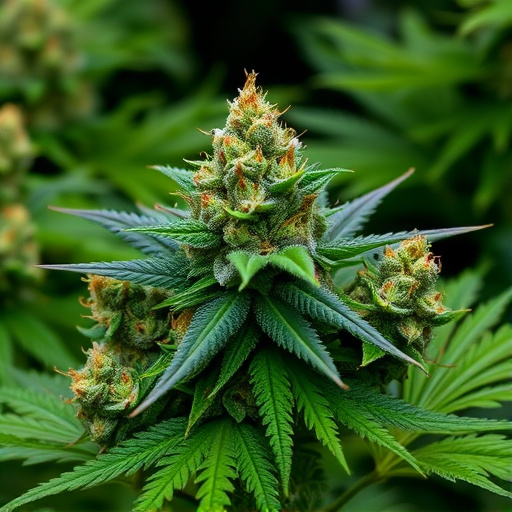
Cannabis, a plant with a rich history in both medicinal and recreational uses, has garnered significant attention for its diverse range of effects on the human body and mind. Understanding its complexities is crucial to determining any safe dosage limit. The plant contains over 100 different cannabinoids, with tetrahydrocannabinol (THC) and cannabidiol (CBD) being the most well-known. THC is primarily responsible for the plant’s psychoactive effects, inducing feelings of euphoria and altering perception, while CBD lacks these intoxicating properties but offers potential therapeutic benefits, such as pain relief and anxiety reduction.
The impact of cannabis on individuals can vary greatly due to several factors. One key aspect is strain composition; indica dominant hybrid strains, for instance, tend to have higher levels of CBD and lower THC concentrations compared to sativa-dominant varieties. This difference in chemical profiles significantly influences the potential effects. Additionally, personal tolerance, metabolism, and individual biochemistry play a role in determining how one might react to cannabis. Consuming cannabis responsibly involves being aware of these variables and starting with low doses to gauge individual responses before gradually increasing as needed.
The Role of Indica Dominant Hybrid Strains in Dosage Determination
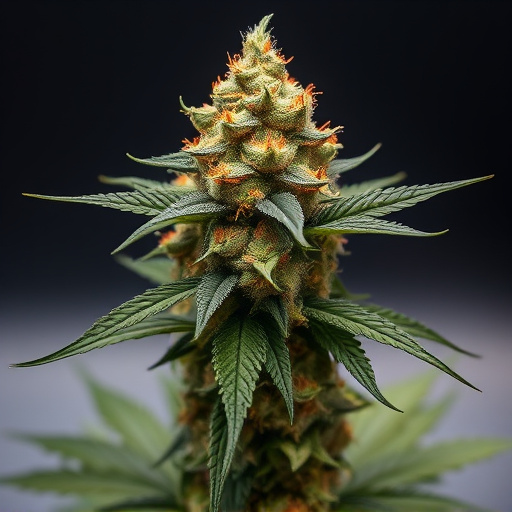
Indica dominant hybrid strains play a significant role in determining safe dosage limits for cannabis. These strains, known for their calming and relaxing effects, often contain higher levels of THC (tetrahydrocannabinol), the primary psychoactive compound responsible for cannabis’s mind-altering properties. Due to their potent nature, indica hybrids require precise dosing to avoid adverse side effects like anxiety, paranoia, and cognitive impairment.
Researchers and medical professionals use these strains extensively in clinical studies to establish recommended dosage ranges. Indica dominant hybrids allow for more controlled trials, enabling a better understanding of cannabis’s therapeutic potential while minimizing risks. By studying these specific strains, experts can determine optimal dosage limits tailored to different conditions, ensuring patients receive the benefits of cannabis with minimal negative impacts.
Setting Safe Boundaries: Exploring Optimal Dosage Limits for Cannabis Use
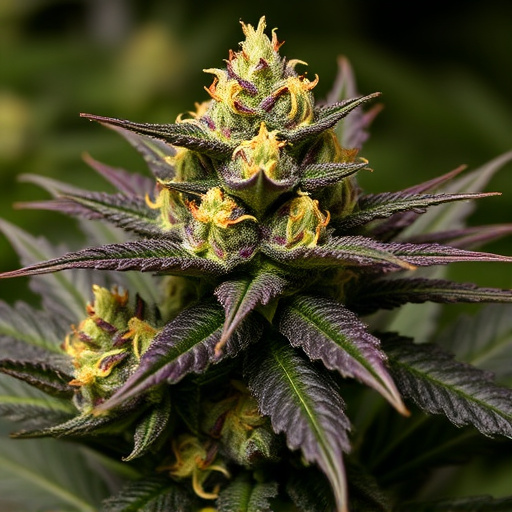
Setting safe boundaries and determining optimal dosage limits for cannabis use is essential, especially with the growing popularity of various strains like indica dominant hybrids. Different cannabinoids and terpenes in cannabis can produce diverse effects, making it crucial to understand individual tolerances. Research suggests that starting with low doses and gradually increasing allows users to find their personal sweet spot without risking adverse reactions.
For instance, indica dominant hybrids, known for their calming and relaxing properties, may be suitable for evening use to promote sleep or manage stress. However, due to their potent effects, it’s advisable to start with a small serving, perhaps 5-10 mg of THC (tetrahydrocannabinol), and monitor how the body responds before escalating. This cautious approach ensures cannabis is used responsibly, leveraging its therapeutic benefits while minimizing potential risks associated with overconsumption.
In light of the above discussions, it’s clear that while cannabis offers potential therapeutic benefits, establishing safe dosage limits is essential. The role of indica dominant hybrid strains in determining these limits highlights the importance of understanding the complex interplay between cannabinoids and terpenes. By carefully considering optimal dosage ranges, users can maximize the benefits of cannabis while minimizing potential risks. Further research into specific strains and their effects remains crucial to navigating this evolving landscape and ensuring safe consumption practices.
